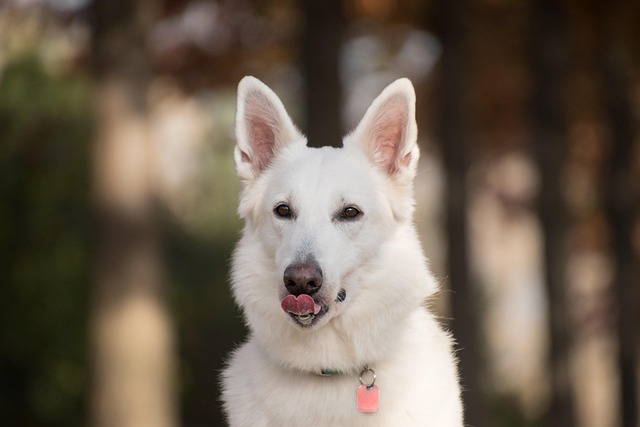
Are Irish setters easy to potty train?
When the Irish setter walks with an elegant pace, its reddish-brown hair shines in the sun, and its lively eyes are full of curiosity and enthusiasm, anyone will be attracted by this unique charm.
When you get home after a tiring day and your dog runs up to you cheerfully, dropping your slippers at your feet, a warm and gratified feeling will well up in your heart at that moment. Training your dog to pick up items for you not only adds convenience to your life but also deepens the emotional bond between you and your dog. This training process is full of patience and love, and it is also an exploration and cultivation of your dog's intelligence.
The first step in training is to give your dog a basic understanding of the concept of "picking up". Start the training in a quiet indoor space with minimal distractions, such as your living room. Prepare a toy that your dog likes, such as a tennis ball or a plush toy. First, arouse your dog's interest in the toy by waving it in front of your dog to focus its attention on the toy. Then, gently throw the toy a short distance while giving a clear and concise command, such as "Go get it". Out of curiosity about the toy, your dog may run over to check it out. When it approaches the toy, don't interfere immediately and let it explore on its own. If your dog sniffs the toy with its nose or touches it with its paws, these are good initial signs. At this time, immediately praise it in a gentle and excited tone, such as "Good job", so that your dog knows that this behavior is approved.
When your dog gradually becomes interested in the toy and is willing to approach it, you can guide it to actually pick up the toy. After you throw the toy again and give the command "Go get it", if your dog just stands beside the toy, you can slowly approach it, point to the toy with your finger, and repeat the command at the same time to encourage it to pick up the toy. If your dog still doesn't act, you can gently pick up its mouth and guide it to bite the toy. Be sure to be gentle to avoid making your dog feel uncomfortable. Once your dog successfully bites the toy, immediately give it a lot of praise and you can also give it a small treat as a reward to reinforce this behavior. Repeat this process several times. Every time your dog successfully picks up the toy, give it positive feedback so that your dog can establish the connection in its mind that "picking up the toy = getting rewards and praise".
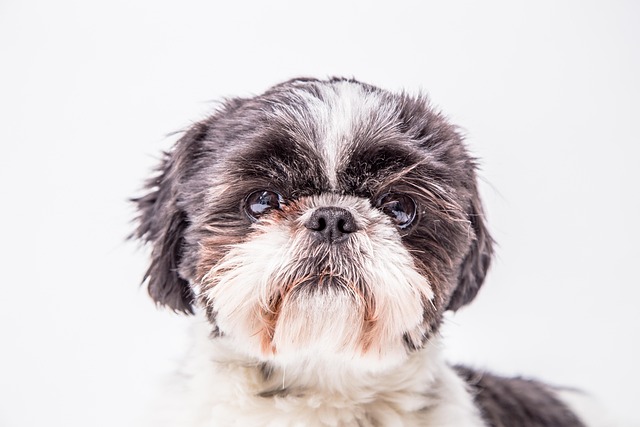 After your dog can pick up the toy smoothly, the next step is to train it to bring the picked item back to you. When your dog picks up the toy, take a few steps back, open your hands at the same time, and give the command "Come back" in a gentle and expectant tone. Your dog may not understand the meaning of "Come back" at first and may stand there feeling confused. At this time, you can wave the toy or a treat in your hand to attract it to come towards you. When your dog comes towards you with the toy, even if it only walks a short distance, immediately praise it. When your dog reaches you, take the toy from its mouth and give it enthusiastic praise and a treat as a reward again. As the number of training sessions increases, gradually increase the distance that your dog needs to bring the toy back, and continuously reinforce its "pick up - bring back" behavior pattern.
After your dog can pick up the toy smoothly, the next step is to train it to bring the picked item back to you. When your dog picks up the toy, take a few steps back, open your hands at the same time, and give the command "Come back" in a gentle and expectant tone. Your dog may not understand the meaning of "Come back" at first and may stand there feeling confused. At this time, you can wave the toy or a treat in your hand to attract it to come towards you. When your dog comes towards you with the toy, even if it only walks a short distance, immediately praise it. When your dog reaches you, take the toy from its mouth and give it enthusiastic praise and a treat as a reward again. As the number of training sessions increases, gradually increase the distance that your dog needs to bring the toy back, and continuously reinforce its "pick up - bring back" behavior pattern.
Consistency is crucial during the training process. Always use the same commands, tone of voice, and gestures, and don't change them casually. For example, always use the commands "Go get it" and "Come back". Don't say "Bring it here" today and change it to something else tomorrow, as this will confuse your dog. At the same time, when the whole family is training the dog, they should also maintain the same methods and standards to avoid the dog being at a loss due to different commands and requirements.
Strengthening and consolidating the training results are also essential. After your dog has mastered the basic skills of picking up and bringing back items proficiently, gradually increase the difficulty and complexity of the training. You can replace the items with different ones for your dog to pick up, such as newspapers, slippers, etc., to make it adapt to things of different shapes and textures. You can also expand the training scene to the outdoors and conduct training in open spaces such as parks, but make sure the environment is safe and there are not too many distractions. During outdoor training, your dog may be affected by more external factors, such as other animals and pedestrians, and it may get distracted and not follow the commands. In such a situation, don't scold your dog loudly. Instead, be patient and guide it to refocus its attention on the training task.
Of course, it is inevitable to encounter difficulties during the training process. Some dogs may be naturally more stubborn and unwilling to cooperate with the training, or they may show signs of boredom after a period of training. For stubborn dogs, you need to be more patient and try different methods to stimulate their enthusiasm, such as choosing their favorite toys or treats as rewards. If your dog shows signs of boredom, it may be that the training time is too long or the intensity is too high. At this time, appropriately shorten the training time and increase the fun of the training. For example, combine the training with games so that your dog can learn in a relaxed and pleasant atmosphere.
When your dog can finally pick up various items for you skillfully and execute the commands accurately in different scenarios, the sense of accomplishment is indescribable. Every time your dog happily brings an item to your hand, it reflects the deep affection between you. Training your dog to pick up items is a challenging but extremely warm journey. It allows your dog to better integrate into our lives and makes the relationship between us and our dogs even closer.

When the Irish setter walks with an elegant pace, its reddish-brown hair shines in the sun, and its lively eyes are full of curiosity and enthusiasm, anyone will be attracted by this unique charm.
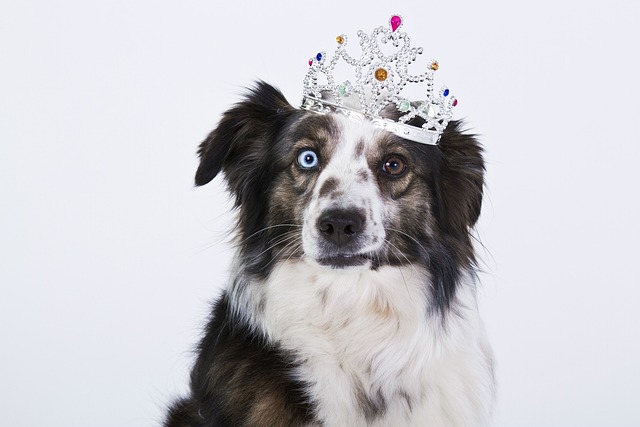
When the furry little life stumbles into our lives, the soft and sticky cry and wagging tail instantly melt the hearts of countless dog owners. However, behind this sweet companionship, puppy potty training is like a mountain in front of them.
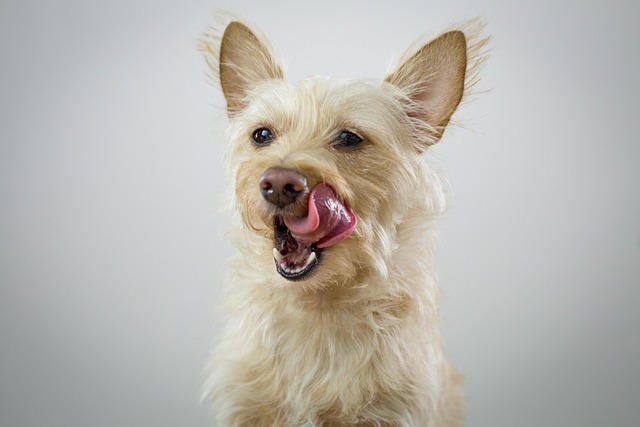
In the steel jungle of the city, more and more people are eager to have a furry companion to add more warmth and companionship to their lives.

Training puppies to develop good house bowel habits is a process that every pet owner looks forward to and is full of challenges. This is not only about the cleanliness of the home environment,

Dog walking is supposed to be a pleasant time for people and dogs to enjoy each other's company, but when the dog drags the leash and rushes around, this beautiful moment is broken.
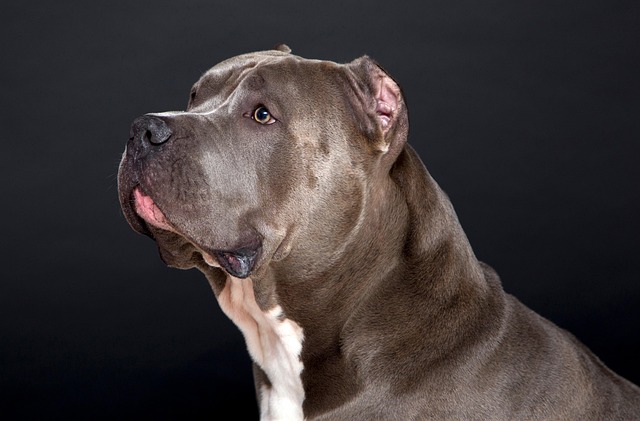
When a dog suddenly poops in a specific area of the house, it not only causes cleaning troubles but also makes the loving owner feel anxious and helpless.